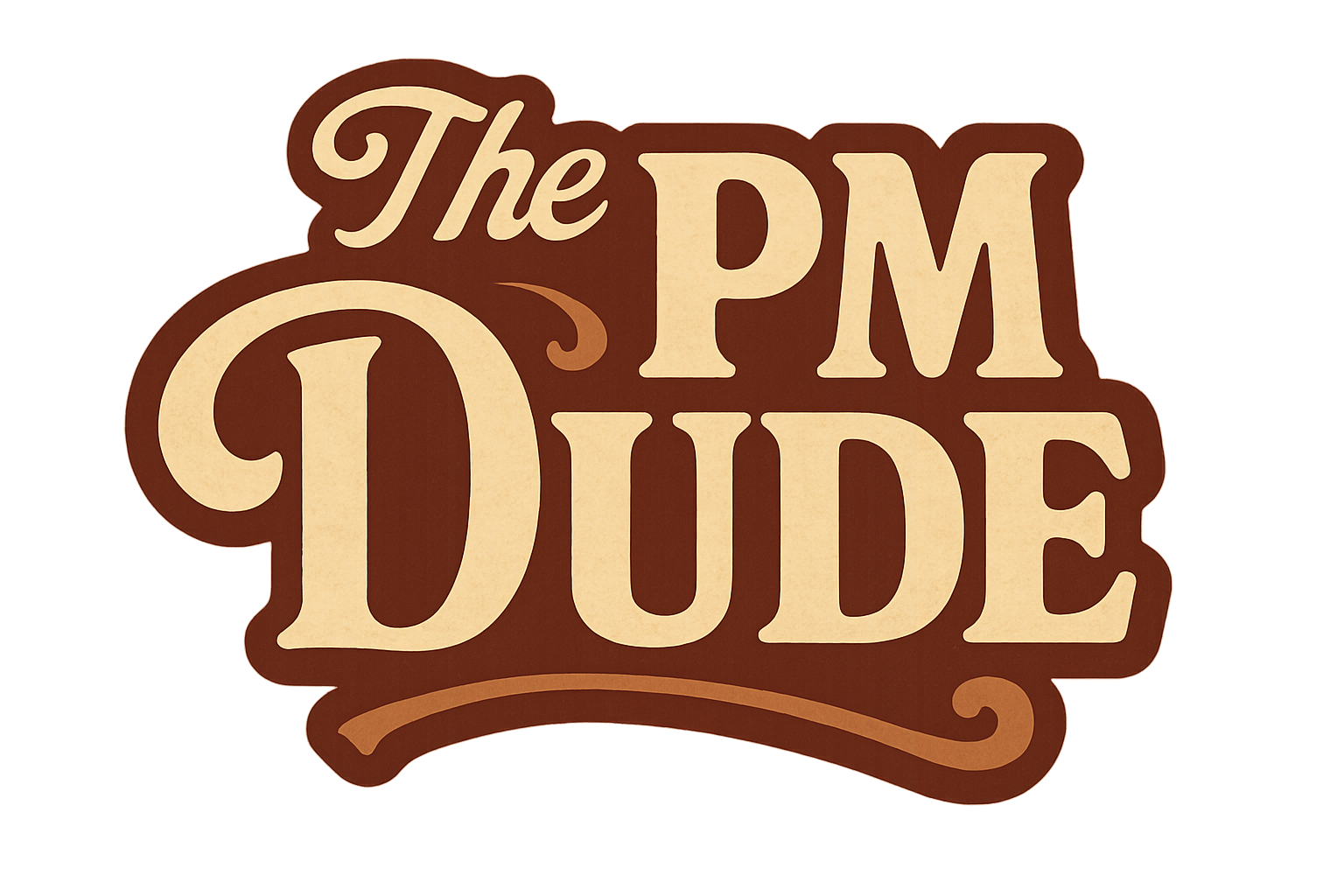Business Development - Musings
The Business Development Manager, a role that should be a boon, is instead often a disruption (not the good kind either).

In the Dude’s 20+ years of corporate life, in roles that are central to the heartbeat of the companies he has worked at, he has long pondered the increasingly common position of “Business Development Manager” or BDM. There has been two trends the Dude has observed over this lengthy tenure, the first being a growing of the BDM ranks, and the second being some pretty divergent set of responsibilities.
The Beginning
When the Dude first encountered a BDM (directly), he was working for a company that made industrial equipment. Split into two, this company had a “production tool” side, and a “measurement and test” side that supported the mission.
The structure was such that we “shared” sales, as in there was one team, and they had all the products in their bag, and thus all products applied to their quota retirement. The problem with this was that the sales team quickly figured out what products were easier to sell - or had higher average deal value - and thus made it easier to retire their quota.
Nobody ever said sales people were stupid.
But, if your divisions products were more difficult to sell, or had a lower ASP, or a longer sales cycle, you often struggled to get the attention of a sales person to work on your products. This leads to a quote from one of the CEO’s that the Dude worked for:
“Sales people can sell 2 +/- one product. More than that, and something suffers.”
This has proven true more times than the Dude can count, and has frustrated him and his business leaders fairly consistently throughout his career.
Enter - Business Development
Ostensibly, the role of business development is to find new business opportunities with the existing products, either under served segments, or orthogonal applications that can be exploited.
The Dude is certain that many companies bring in or build a business development function for just such purposes. And while that often is the noble intent, the reality is usually far different.
The sales gap filler
What the Dude usually experiences from the BDM role is where the VP/GM of the business unit that is under served or ignored by the general sales team and the BDM is merely a BU owned “sales” asset.
No formal quota, but they take leads, work them, and have a funnel/order pipeline. This can work, but it is an inefficient vehicle for increasing revenue, primarily because it doesn’t scale. At all.
But it is a popular artifice as it is a knob that a VP/GM can turn, and they like having that granular control.
Product Management can be ambivalent about this, provided that it is just the catalog that they are selling. But, and it is a huge but, this BDM typically has the ear of the VP/GM, and suddenly you will find an increase in non-standard orders. Often with customizations that you weren’t party to vetting. The VP/GM goes to engineering, and a handshake agreement is forged, and suddenly 20% (or more) of your engineering is handling these non-standard orders.
Sucks, but not much you can do, except hammer on how disruptive this is, and how it impacts the overall development velocity, and ultimately the roadmap, and the strategic plan.
New Market Development
In theory, this should be the principal responsibility of a BDM function. In fact, doing a little research, you can come up with a pretty tight list of responsibilities:
- Research prospective accounts in targeted markets, pursue leads and follow through to a successful agreement
- Understand the target markets, including industry, company, project, company contacts and which market strategies can be used to attract clients
- Collaborate with design and sales teams to ensure that requirements are met
- Maintain relationships with current clients and identify new prospects within the area you have been assigned
- Possess a strong understanding of our products, our competition in the industry and positioning
- Follow the latest industry developments and stay up-to-date on corporate competitors
Certainly more than you would expect from a sales person, and often there will be a more explicit marketing component to the role (collateral creation, ideation, lead generation collaboration, funnel and forecast management).
In the Dude’s experience, this is often what is pitched when a BDM is brought on. In theory it sounds solid, and a person that a product manager will want to align with.
In practice, the strategy, and exploration bits will fall off the plate, and the BDM, at the urging of the VP/GM will chase orders one-by-one, with far too many non-standard configurations, and worse yet, commitments on future enhancements that s/he got the VP/GM to commit to in order to close the deal.
As a product manager, having lived and breathed this, the Dude can attest that it sucks donkey balls. The Product Managers start burning the BDM in effigy. But they keep doing the bad things.
Parking past-prime sales people
There is one more common class of BDM. This is a parking spot for one-time very productive sales people, who have slowed down, or have slipped. Perhaps they are buddies with the VP/GM? Perhaps they were responsible for the early ramp and are being rewarded.
Either way, the Dude sees this as welfare for people who don’t deliver. They sit in strategy meetings, musing about the good ol’ days, when they were rainmakers, when they mattered. Not old enough to retire, not qualified for sales management, they sit, taking resources and oxygen from the organization.
Sadly, this happens far too often. The Dude hears stories about ruthless organizations, sales teams that are feared, respected, but all too often he sees a paternal clubby-ness in tech sales, and it really bugs him.
Summary
If Business Development delivered the new market development, instead of clogging the factory with non-standard orders, or impaired development velocity with truly pip-squeak opportunities, the Dude would be much more appreciative of the concept and role.
Instead, he marvels at how a small BDM team can truly destroy your roadmap and strategic plan. Yet, he is powerless to alter the dynamic.




